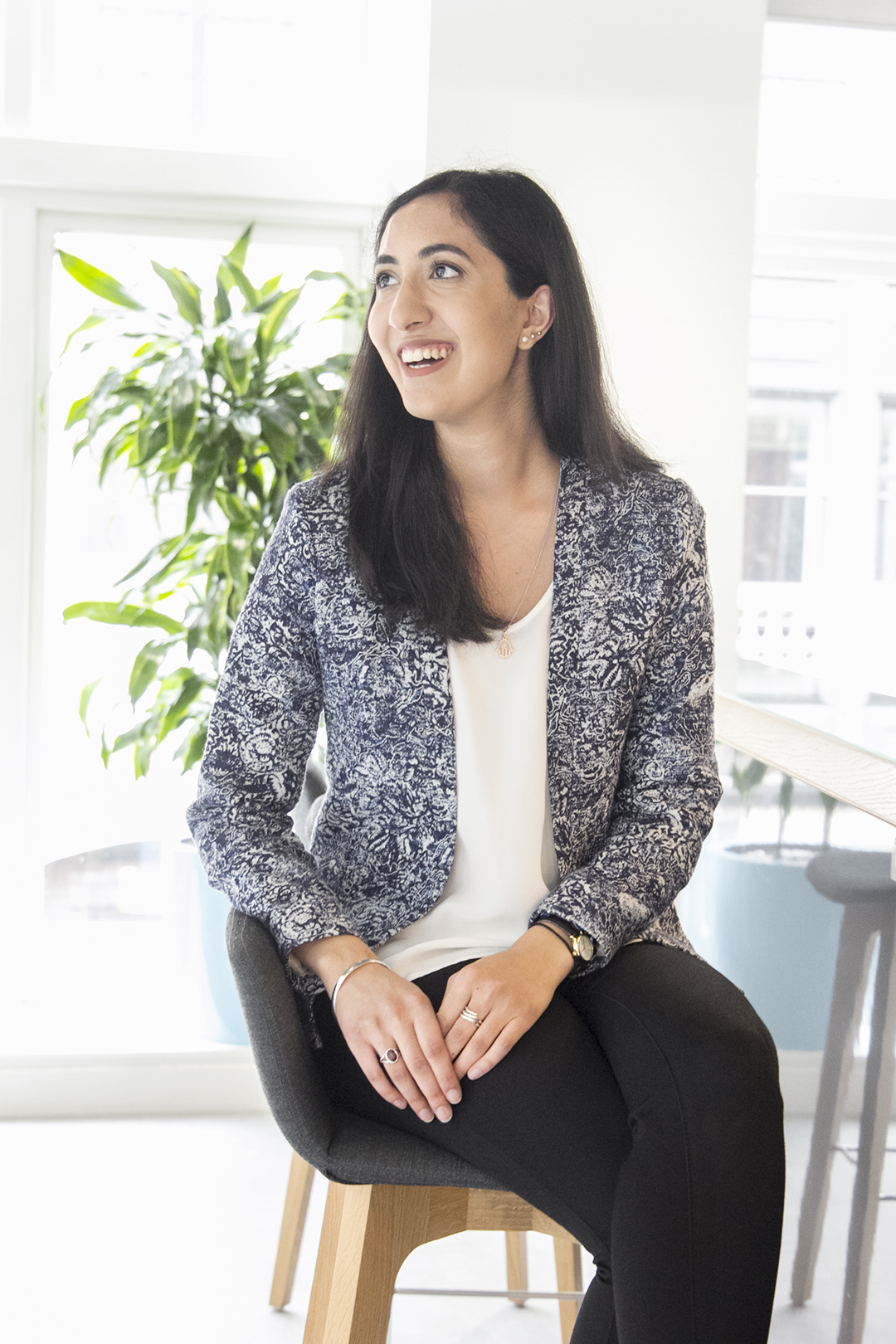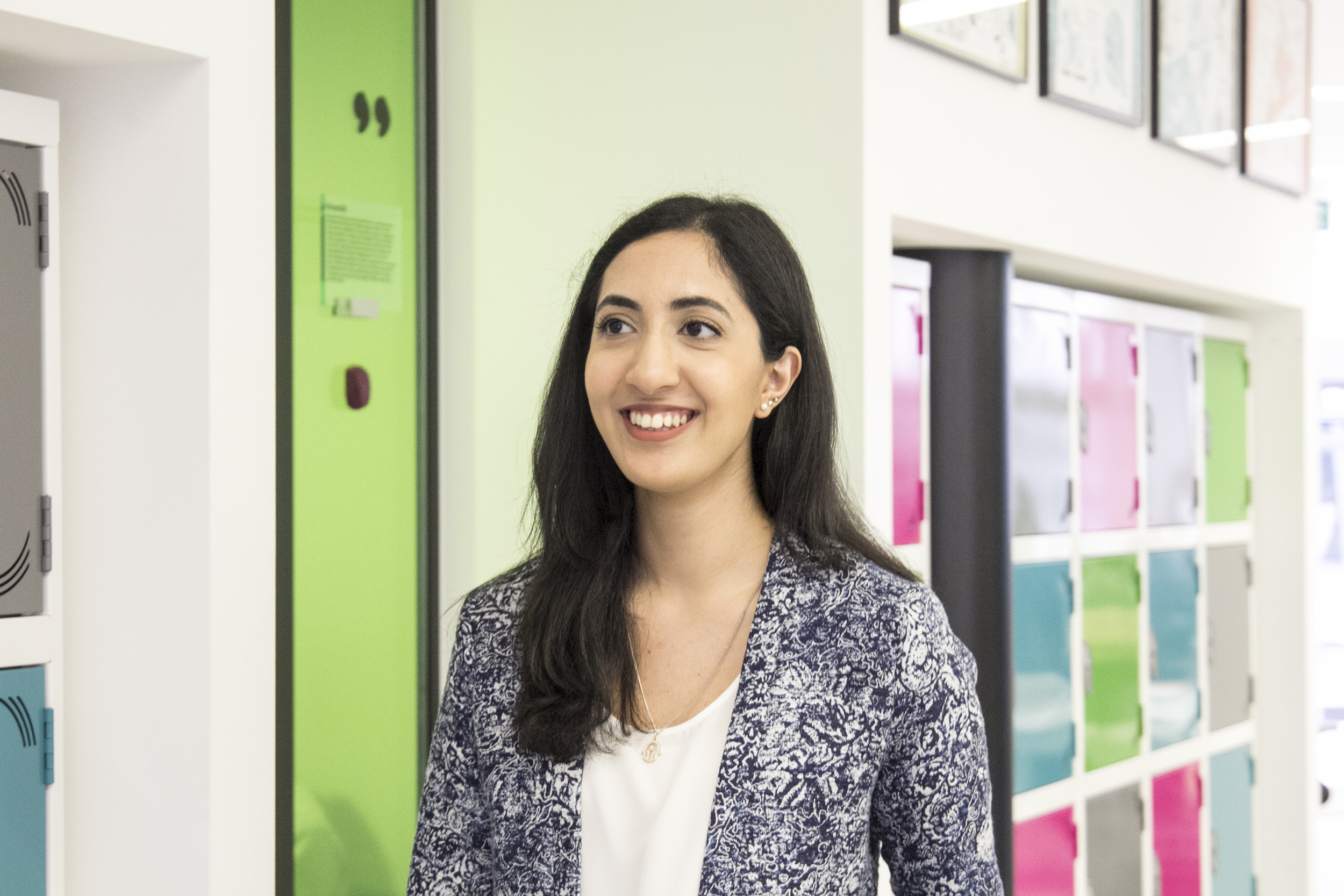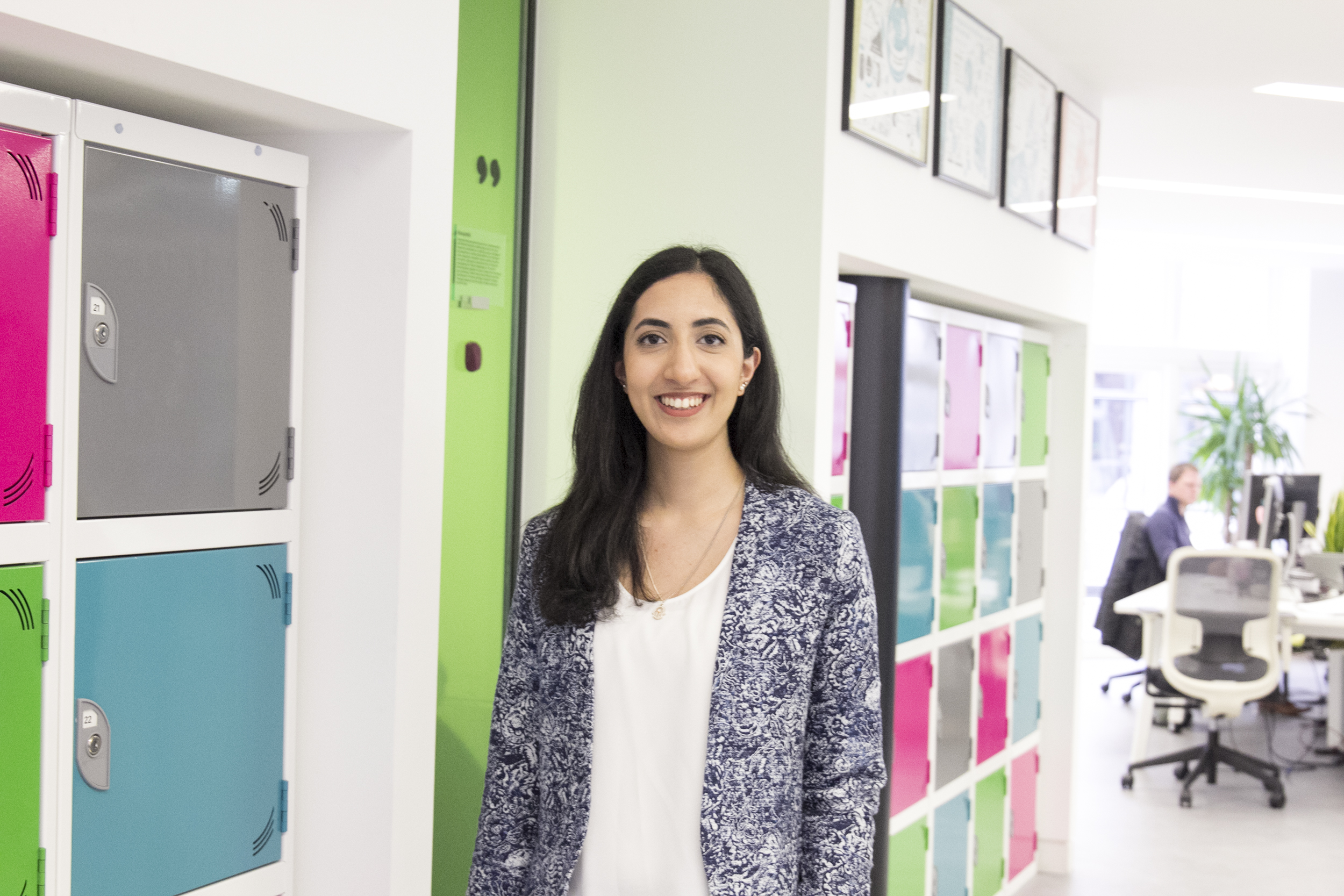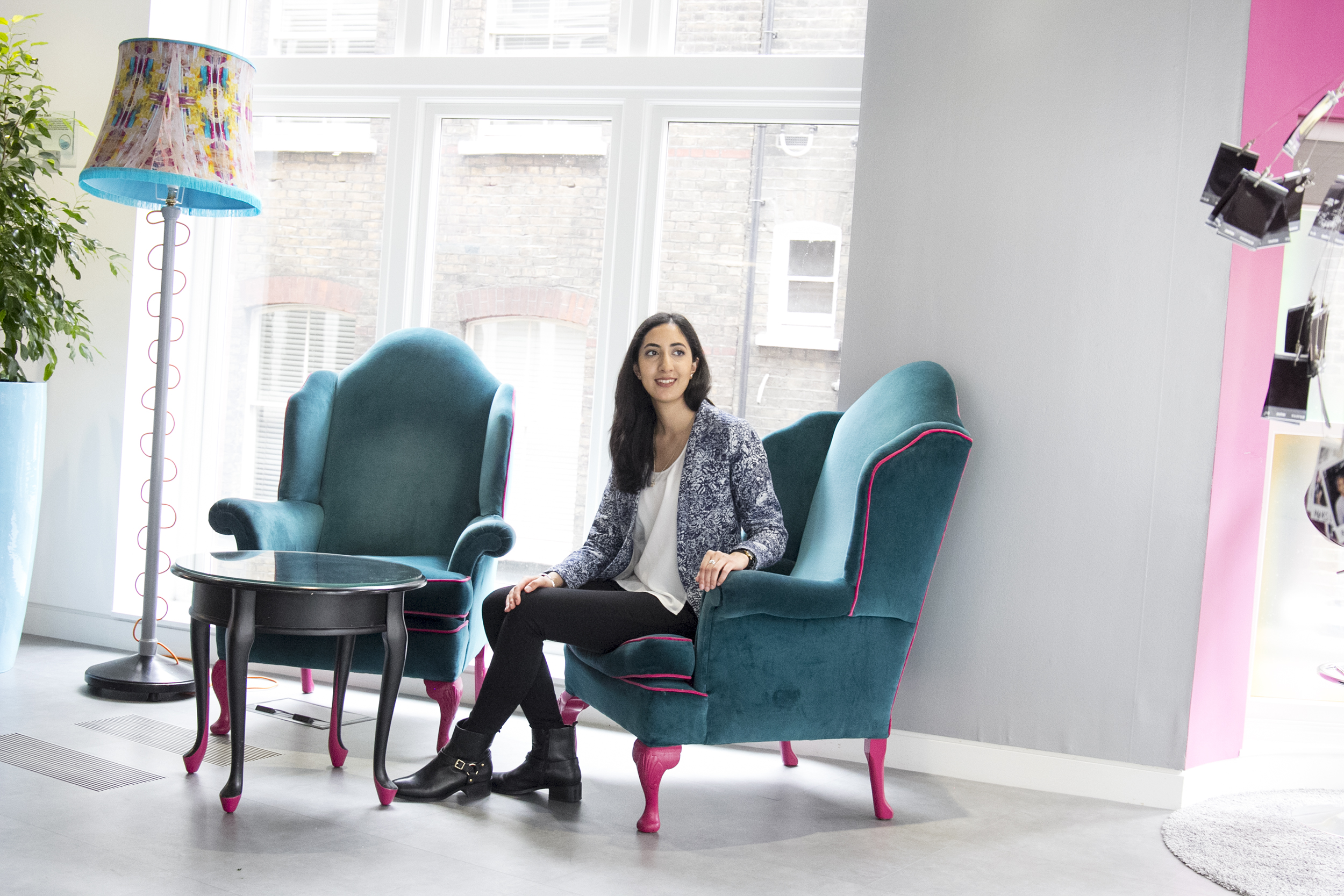If I had a dollar for every time I’ve thought to myself, “if only I’d gone into tech”, I’d have enough money to take a course and get into it. Tech is the fastest growing industry in the UK – moving at three times the rate of the wider economy – and yet in 2014, only 13% of the 21,720 university places open to computer sciences were taken by women. In the last few years we’ve made strides in the workplace yet, when it comes to digital, it seems that not even Karlie Kloss can shift the numbers into significance.
The reasons behind this are subjective, but what I know to be true is that when I was considering subjects at school, a career in tech or STEM (science, technology, engineering and math) wasn’t something that came up. Granted that was some years ago now, but even today young girls are being discouraged and moved away from the potential of a rewarding and successful career in the digital sector—and the only logical reason for it is gender bias, either directly, or through the lack of support for both sexes to explore careers in technology.
Rupinder Garcha’s work at Code First: Girls sees her manage the coordination of free community coding coursing and events, alongside providing support and encouragement to students. By lowering the barriers for entry into the tech industry, the social enterprise has only one aim: to get as many women involved as possible. It does this by not only offering free coding classes, but by fostering community and guiding women through every step of their career. “No one has the right to say you can’t learn,” Rupinder states. “There’s dozens, if not hundreds, of resources that you can access easily for free to help you with your journey—you just have to take that first step.”
ON THE TWEET THAT CHANGED HER CAREER
I was scrolling on Twitter late last year (2016) and saw a tweet that read “Myspace had us all coding and not knowing we were flirting with a six figure skill.” Aside from making me laugh out loud on the tube thinking back to growing up using MySpace and styling my profile page with music, glitter text and fancy cursor, the tweet hit home that as a teenager I was using HTML but had no idea that this is what I was doing – it made me I wonder if I’d realised the possibilities of playing with webpages at that time if I’d have stuck with it. The tweet prompted me to explore how I could start learning to code again – I did some investigation – mostly searching Twitter using hashtags like #womenintech and #learntocode and came across a great blog post by tech writer Catherine Heath on free UK wide coding groups for women. I found out about an organisation called CodeBar, a non-profit initiative that facilitates the growth of a diverse tech community by running regular programming workshops. I started attending CodeBar in October 2016 and have been learning to code since.
CODE LANGUAGES 101
HTML was the language I learnt first, before moving onto CSS. HTML and CSS are what are referred to as “markup” languages and are key technologies in basic web development. HTML provides the structure of your page whilst CSS allows you to style it – including colours, layout and fonts – as well as enabling a responsive design; so you can adapt the presentation to different types of devices. Learning HTML and CSS first is common when you’re getting into code as everything you see on a basic webpage when you open your browser is HTML and CSS, so they provide a strong base from which to create sophisticated websites before you move on to back end development.
 WHERE TO GET STARTED
WHERE TO GET STARTED
I would recommend learning something like JavaScript, the language of the web. JavaScript was voted the most popular programming language on Stackoverflow’s 2016 Developer Survey. Itallows for user interactivity and enables webpages to be dynamic. I would also suggest learning either Ruby or Python – these are both back-end programming languages, meaning that they are run server side. Ruby powers dynamic websites like Ask.fm (with real time chat) and Airbnb (where online payments are provided). Python is used by apps like Instagram and YouTube. Ruby and Python are high-level languages that abstract away lots of the complexities of lower level languages like C, and so are great for beginners to get started with.
IT’S NEVER TOO LATE TO START
A previous Code First: Girls intern taught her 80 year old grandmother how to code. In terms of difficulty – certainly – there will be times when you don’t know how to do things – as with learning any new skill – but there are many online and in person free resources that can be accessed by all to learn how to code. Some of the most popular teach yourself resources include Codecademy and Dash at General Assembly. There are a number of organisations and groups that run nationwide free coding courses including Django Girls, CodeBar, Founders & Coders and of course Code First: Girls.
ON WHAT ATTRACTED HER TO CODE FIRST: GIRLS
They aim to increase the number of women in tech and entrepreneurship by lowering the barriers for entry into the industry through offering free coding courses; their positive attitude towards creating real social impact was important to me. Code First: Girls is a company with one aim – that is to help women get into tech and entrepreneurship. We do this in a few different ways: We teach people how to code. This includes running paid coding courses for working aged women as well as for men and women at companies. With the revenue from these courses and the other services we offer, we run free coding courses for young women aged roughly 18-23. Over the past 3 years we will have taught over 5000 young women how to code for free, and delivered over £2.5 million worth of free coding education. As far as I’m aware, we are the largest provider of free in person coding education to women in the UK. The second things we do is run personal and professional development events. These are run to help women to understand what the opportunities available across tech and entrepreneurship are, and to allow them meet professionals working in these sectors and better understand how they can move into these industries should they wish to. And the last thing we do is advisory workshops on tech talent recruitment and retention with companies. The aim of which are to help companies understand what they could be doing to increase diversity at all stages of their talent management process. I manage the community side of Code First: Girls, which typically involves coordinating our free community coding courses and events.
HER NOT SO AVERAGE WEEK
As Code First: Girls is growing rapidly no two days are the same; there’s no average week for me! Every day is different as I work on multiple projects at any one time. I could be organising a community event like our Hack Your Career events – these are great opportunities where we collaborate with leading tech companies to demystify careers in tech and entrepreneurship for our community and themes we have previously covered include Fashion Tech, Food Tech and VR/AR – or preparing to speak on a panel discussion one day. The next day could be spent in external meetings with potential partners securing venues for our community courses, to working with developers to create a new curriculum to be rolled out at a Masterclass or at our community courses. Being a start-up means that there’s always something exciting to work on that you know will have great social impact. As you can imagine, it’s a busy and incredibly rewarding job.
ON THE UNDER REPRESENTATION OF WOMEN IN STEM JOBS
This issue can be traced back to our early stages of education. We still live in a world that conditions women to think that they aren’t as capable as men when it comes to certain subjects, particularly STEM subjects, so many women are deterred from going on to study these subjects in higher education and therefore in ultimately adding to the STEM workforce.
The digital economy is growing 50% faster than the wider economy. The 2015 turnover of digital tech industries was £170 billion, up by 22% in five years. Recent research by Tech City UK has shown that the number of digital tech jobs across the UK has grown at more than twice the rate of non-digital sectors. The UK will need another 1 million tech workers by 2020, with tech jobs, on average, paying 36% more than the national average. By not having women in tech roles, not only do we leave out half of our population from in-demand, self-fulfilling, and well paid jobs, but we also stifle economic growth and remove women from being decision makers in key global industries.
 ON HER EXPERIENCE AS A WOMAN IN TECH
ON HER EXPERIENCE AS A WOMAN IN TECH
I am a switcher into tech and arguably in the arts there is greater female representation across the industry than compared to tech. There is however something to said about an awareness of how social expectations define how many of us, as women, develop our careers. Tech was not an industry that I’d ever considered having a career in whilst in education, and the same goes for many women that I know.
If you’re working in tech and don’t feel like you’re being taken seriously, the most important thing is to not suffer in silence. Whether that means having a conversation with a colleague that you trust, or raising the issue with senior staff, be vocal. There is a lot of help out there in the form of organisations like the Advisory, Conciliation and Arbitration Service (ACAS), so being proactive in figuring out what your options are is key. Don’t deal with discrimination alone.
WHAT’S NEXT?
It is important that industry leaders are diverse in who they choose to champion; they should support the people who are supporting them. Industry leaders need to consider how diversity can become part of their company identity. In many cases this can be achieved through doing little things that do not require much time or capital. This can include thinking about diversity in the events that they run through to the composition of their recruitment panels. But diversity and a supportive environment should not be seen as a tick service – it is important for companies to set realistic goals and to work towards achieving them.
The only barrier between women learning code and entering the world of tech is deciding if they want to do it or not. No one has the right to say that you can’t learn. There are a numerous online and offline resources and communities that you can tap into. In the UK specifically, we are really lucky as we have a hugely active tech industry. There’s dozens, if not hundreds of resources that you can access easily for free to help you with your journey – you just have to take that first step.
Rupinder was recently a panellist at Cocktails and Coding event, celebrating women in tech at the Sanderson, London.




